Zealandia, often referred to as Earth’s hidden 8th continent, is a submerged landmass in the southwest Pacific Ocean. It is a relatively recent geological discovery and represents a distinct geological entity separate from the surrounding ocean floor. Zealandia is characterized by its continental crust, distinct geology, and its separation from Australia.
Here are some key points about Zealandia
Geological Significance
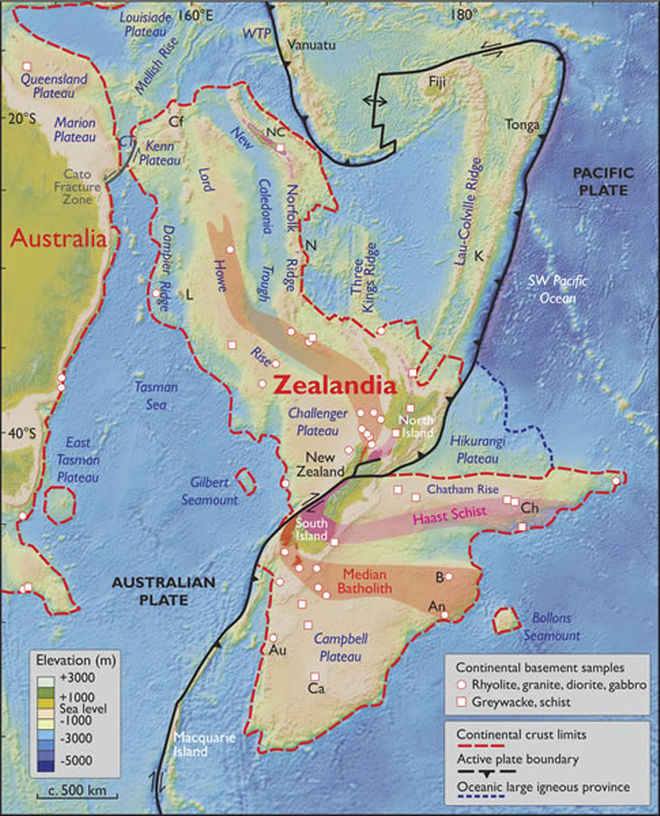
Zealandia covers an area of approximately 4.9 million square kilometers (1.9 million square miles) and is primarily underwater, with only a small fraction of it, including New Zealand and New Caledonia, protruding above the ocean’s surface. Its continental crust sets it apart from the typical oceanic crust found in the surrounding seabed.
Read More: Wonders of Nature Where Science Fails
Discovery
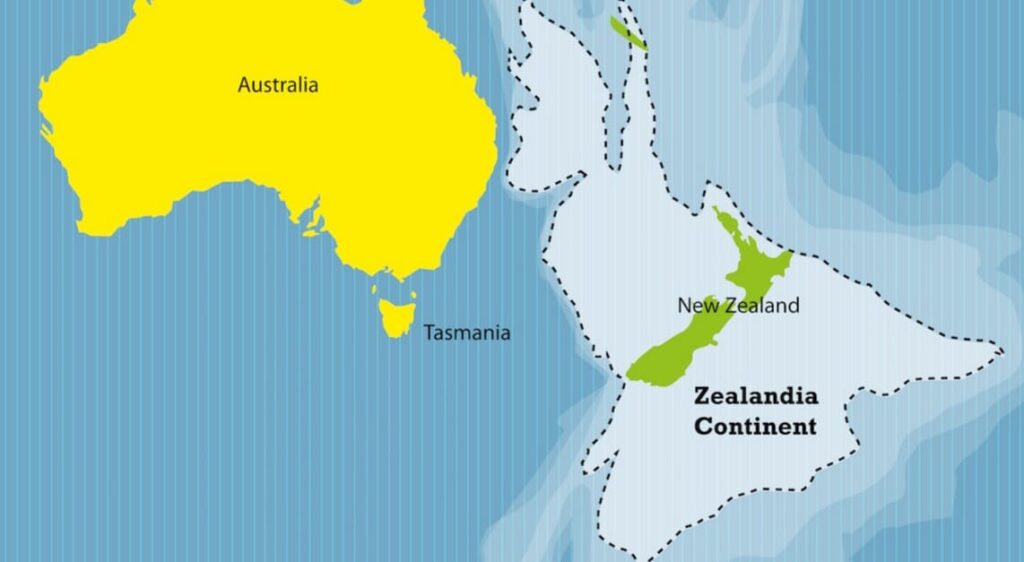
The concept of Zealandia has been around for decades, but it gained significant recognition and acceptance among the scientific community in the early 21st century. Researchers provided substantial geological and geophysical evidence to support its classification as a continent.
Tectonic Origins
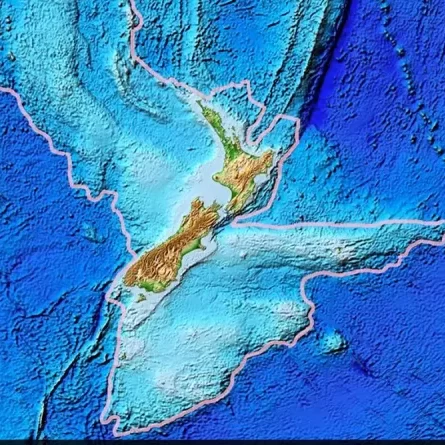
Zealandia is believed to have once been part of the supercontinent Gondwana. Over millions of years, it gradually separated from Antarctica and Australia as a result of plate tectonics. Today, it is situated between the Australian Plate and the Pacific Plate.
Read More: 11 Natural Wonders of Northeast India
Unique Geology
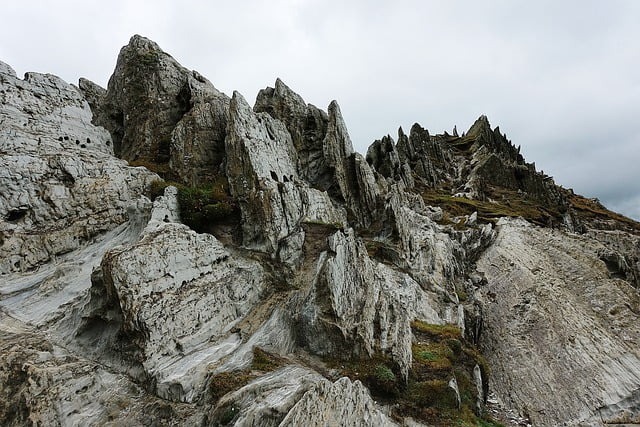
Zealandia’s geology is distinct from the surrounding seafloor. It contains various rock types, including sedimentary, igneous, and metamorphic rocks, which are typical of continental crust. This geological makeup further supports its classification as a continent.
Read More: Seven Wonders of the Natural World
Biological Diversity
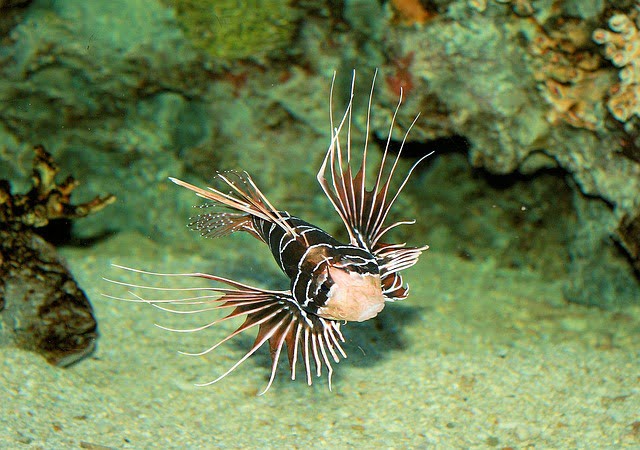
Although much of Zealandia lies underwater, it has a unique and diverse range of marine life. The region is of interest to scientists studying oceanography and marine biology due to its relative isolation from other landmasses.
Implications
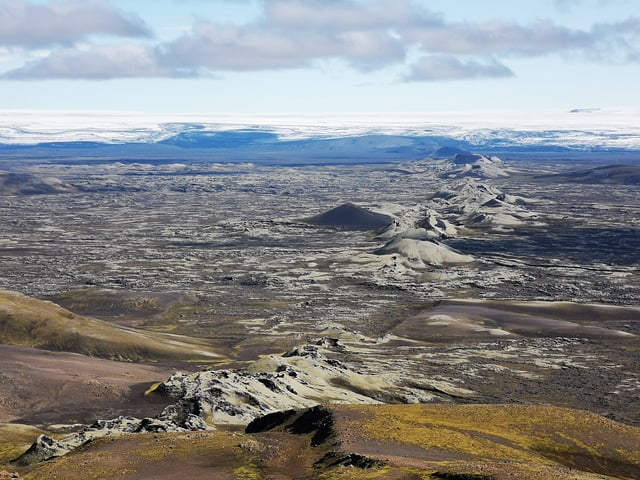
The recognition of Zealandia as a continent has important implications for our understanding of Earth’s geological history and plate tectonics. It also has potential implications for maritime boundaries and resource management in the region.
Read More: The 10 Largest Grasslands in the World
Ongoing Research
Scientific research on Zealandia continues, with ongoing studies focused on its geological history, the evolution of its ecosystems, and its role in the Earth’s tectonic puzzle.
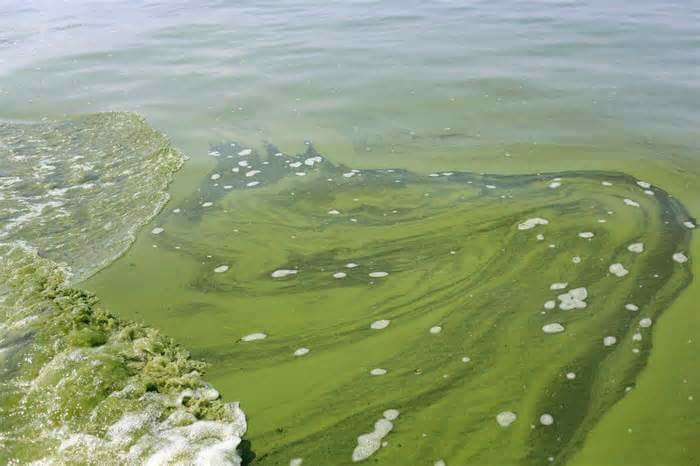
In summary, Zealandia is a submerged continent hidden beneath the waters of the Pacific Ocean. Its recognition as Earth’s eighth continent is based on geological and geophysical evidence, and it highlights the dynamic nature of our planet’s surface and the ongoing discoveries in the field of Earth sciences.
